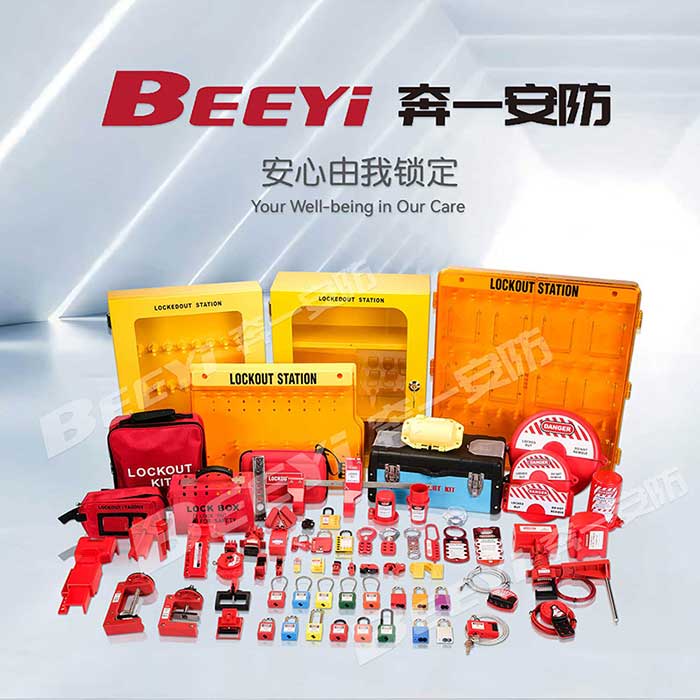Lockout hasps are essential tools in ensuring safety and preventing accidents in industrial environments, especially when it comes to maintenance and repair tasks. These devices are designed to prevent workers from accidentally activating machinery or electrical systems during the maintenance process. Lockout hasps made in China have become a widely recognized product in global industrial safety standards, thanks to their affordability, reliability, and wide availability. This article will explore the significance of lockout hasps, their use in the workplace, and the benefits of sourcing these devices from China.

What is a Lockout Hasps? A lockout hasp is a simple yet crucial safety device used in lockout/tagout (LOTO) procedures. The purpose of a lockout hasp is to isolate and secure energy sources such as electrical circuits, machinery, or pipes that need to be serviced. The device consists of a metal or plastic base with a series of holes designed to accommodate padlocks. When performing maintenance, each worker involved in the procedure places their own lock on the hasp. Only when all workers remove their locks is the equipment considered safe to restart. Lockout hasps prevent the unintended release of hazardous energy, which could cause serious injuries or fatalities. These devices are an integral part of the broader lockout/tagout system, which is mandated by safety regulations such as OSHA (Occupational Safety and Health Administration) in the United States and other similar bodies worldwide.